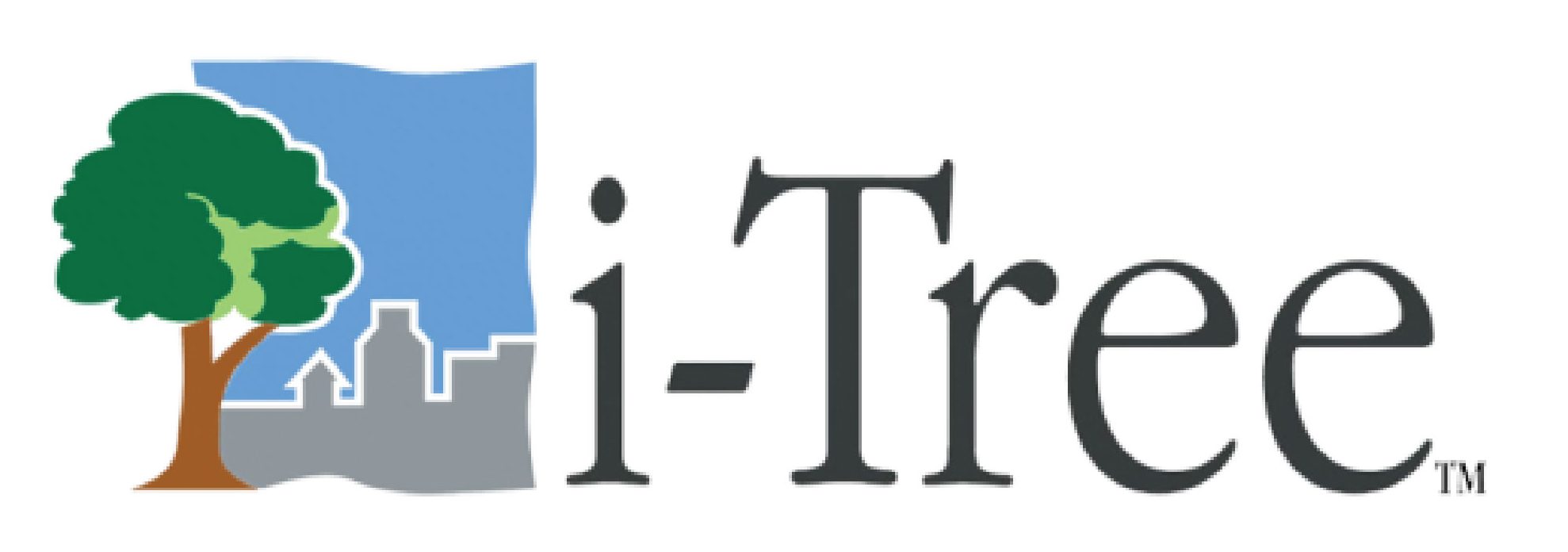In 2002, the City of Boulder used the CITYgreen model to evaluate the value of urban trees as determined by: 1) KWh hours of energy saved annually and 2) dollars saved annually. Data inputted into the model included location of windows and AC units, stories of the building, surrounding buildings, and trees (including their placement relative to the buildings).
These early calculations showed an average energy savings per household of approximately 950 kWh/ yr. The average summer cooling cost was $260 per year per home, so the reduction equated to a 22% savings in cooling costs. Naturally, individual household savings depend heavily on the site and the species of tree planted.
While the actual numbers may be outdated [energy costs could be higher, or lower], the concept remains valid.
How much could you save now?
Using an easy on-line simulation, you can plant a virtual tree or three around your own house or building. The software will calculate your energy savings [and a host of other benefits]. No special expertise is required, simply click the link below.

New circumstances demand a new plan.
Because of prolonged drought and infestation by the Emerald Ash Borer, the city decided to revise their early plan and create a more comprehensive, strategic approach to urban forestry. Their goal: to plant more trees in the right places, using species suitable for their own community.
Funding
City of Boulder
Implementation
Phase I of the development process for the Urban Forest Strategic Plan (UFSP) included a comprehensive review of the history of Boulder’s urban forest, including establishment, management, and regulatory policies, as well as interviews with key stakeholders (internal and external).
In addition, Davey Resource Group (DRG) examined organizational structure along with staffing, equipment, and funding resources.
The Summary Report will inform the development of the Urban Forestry Strategic Plan with these goals:
- Establishment of a baseline figure for urban tree canopy and long term canopy goals;
- Tree diversification goals;
- Urban heat island mitigation;
- Prioritization of tree planting activities;
- Pesticide use guidelines for public trees;
- Appropriate pesticide use guidelines for private property owners treating public street trees;
- Placement and selection of tree species that are compatible with optimizing rooftop solar capture capacity;
- Coordination with vegetation management for potential “municipalization” of the electric utility;
- Public outreach and education regarding the benefits of the urban canopy; and
- Reforestation of creek corridors with native species.
Partners
Boulder Forestry Division
Davey Resource Group
Two Forks Collective
Lessons Learned
- Placement of a tree is the key to energy savings. Shade trees do affect summertime electricity use, but the amount of the savings depends on the location of the tree.
- Maintenance of trees is key to mature canopy and peak performance.
- As climate changes and trees mature, urban forestry master plans must be updated.

